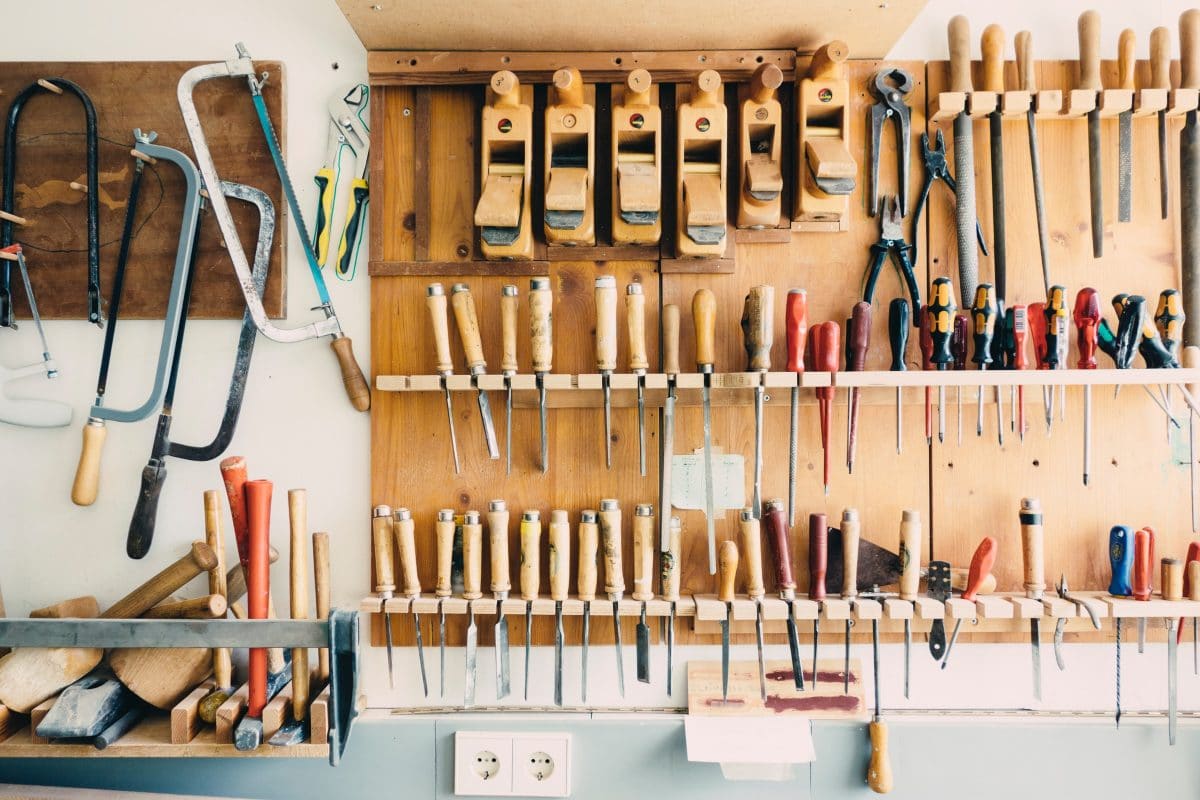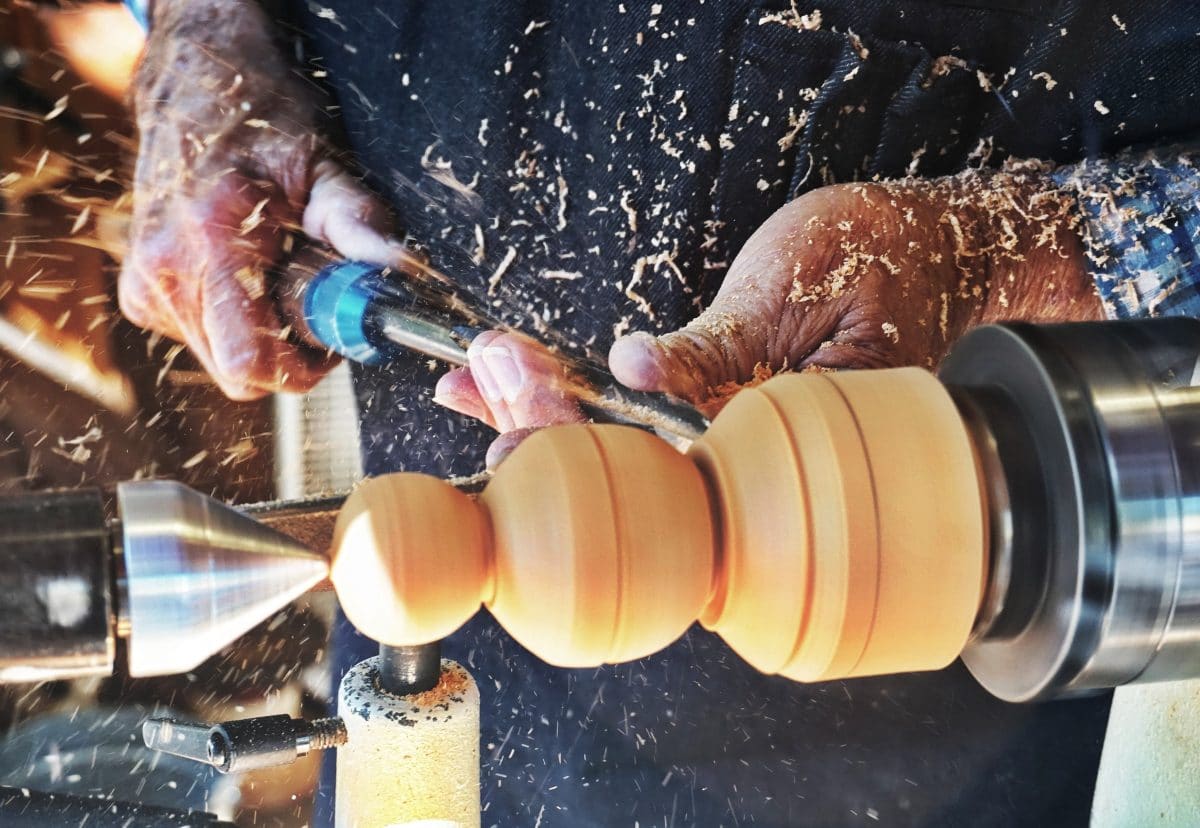Woodworking is a great hobby that many people enjoy. It’s a craft, but also an art form, and it takes years to master. If you are new to the craft or just looking for some more tips on how to be better at woodworking, this article will explore six brilliant tips for beginners that will help you along your journey into the world of woodworking.

Tools of the Trade
Woodworking requires several tools that can be time-consuming to gather. You will need at least the basics, which include a hammer, nails, screws, glue, and safety gear. Ensure you have all the equipment required to start working with wood before proceeding.
A set of chisels is also very useful for detailed work on their projects as it allows them to cut joints more easily than trying to use hand saws or miter boxes. Visit SawsHub.com to see a selection of both basic and advanced tools. A pneumatic brad nailer is another great tool for beginners because it makes assembly much quicker and easier than just using nails alone. Though these are not essential tools if you are only making simple things like cutting boards then they really speed up the job.
Make a Drawing First
One of the first things that all new woodworkers need to learn is how to create a detailed drawing that shows both sides of the wood they want to work with. This will ensure that the finished product is symmetrical and perfectly balanced. Beginners can use graph paper or even simple line drawings for this task, and it is recommended you sketch out your design multiple times before starting construction.
It’s also important to make an outline for each piece of wood before actually beginning construction as it makes building much simpler and more enjoyable by reducing guesswork on your part.
Follow the Grain
The grain is the pattern of wood fibers that form on the rings of a tree. For example, if you look at the edge of your board, you will see that it has an end-grain that is coarse and very porous while its other side has a face-grain that is smoother in appearance with finer pores. You should always orient your boards so their face-grain runs lengthwise along with the project for the greatest strength.
When gluing wood pieces together, it’s important to take into account their orientation so the grains are running perpendicular to each other for maximum durability.
Test Fit as You Go Along
No matter how good your drawing is, you will have to make some cuts as you go along so it’s best to test the fit every few inches. This helps prevent major errors that would result in a loss of material or an unsightly gap. You can even cut a scrap piece to use as a dry run just to be sure everything works out alright before cutting into your final board.
Cut Away from Your Body
One of the first things any professional woodworker tells newbies is never to saw towards yourself and for good reason too! Sawing towards yourself is not only dangerous but it also leads to extremely poor results due to uneven pressure on your part which leads to blade wander and chipping which leads to splintering when you try to sand them off later.
Woodworkers who care about their work make sure they cut away from their body every time they use a saw and it’s one of the most important things for beginners to master as well even if it means slow going at first.
Collect Dust
Woodworking produces a lot of sawdust so it’s important to have a decent dust collection system. It helps prevent the spread of small airborne particles that can give you respiratory issues over time. Dust collection hoods are easy to come by, though some people prefer using shop vacs for this purpose along with an air compressor. Sawdust particles can also pose a fire hazard, so it’s also important to use a respirator of some sort as well.
The excess wood that you have after a project can be used as firewood, but be careful not to burn the sawdust as it can easily catch fire!

Woodworking is an art form that can take years to master. If you are not a seasoned woodworker, it may be hard to know where to begin. This article will explore six brilliant tips for beginners that will help you along your journey into the world of woodworking. Whether you want to build furniture from scratch or replace hinges on your kitchen cabinets, these basic steps should get you started in this rewarding craft. It’s never too late to try something new!
- About the Author
- Latest Posts
Whether she is researching the latest trends in home decor, life-changing destination getaways, or the best way to maintain your finances, Dewey takes pride in leaving no stone unturned. She is passionate about distilling and delivering high-quality information that you can use to upgrade your life.

